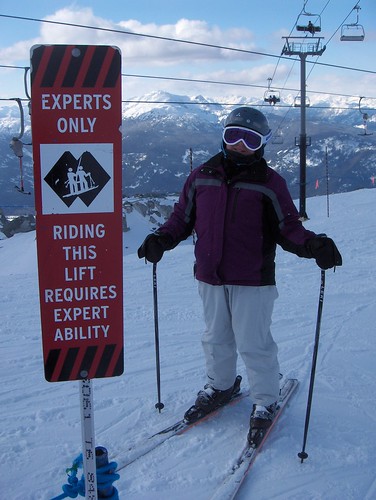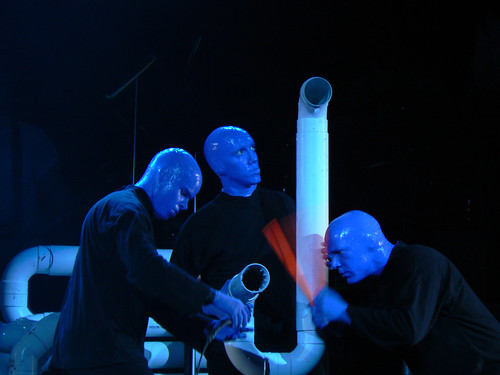In a room filled with teachers of students from grades 6 to 12, the discussion is focused on the new direction for the school. On the table at the moment – the question of yearly themes and grade-level essential questions.
A teacher, not convinced of the need for either, raises her hand, “Why do we need themes? Why can’t we just trust that teachers will go in to their classrooms, do their very best for students, and help them learn?” The overarching constructs being debated sound look and sound a lot like further encroachment on the territory of teachers’ professional judgement.
“And,” the teacher added, “Isn’t me prescribing essential questions just more teacher-centered learning? What if these aren’t the questions my students have? Why can’t each student decide which questions are most interesting?” Again, the questions smack of contrivances and the undercutting of student interests.
Two responses are most key to this teacher’s questions. The first is general and free of considerations of the merits of her arguments. Surveying the room, every teacher, not the consultant who’s been brought in to facilitate the conversation should have an answer to this teacher’s questions. Each teacher should, to varying degrees of detail, be able to proffer an answer as to why this is the way forward for their faculty and students.
Without an ability to explain why what they are proposing is what they should be doing, this faculty, like many others, will not move forward. Rather, they will move everywhere. Without a clear philosophy of practice as described by Dewey in Experience & Education, this school (or any school) will not know why they are doing what they are doing, and they will not know whether they are doing it well.
Many contemporary schools are suffering both mission drift as well as theory drift. Some began with visionary leaders and teams who possessed clear, sound arguments for why they would do what they would do in a certain way toward the goal of teaching children. As time inevitably passes, more urgent matters erupt, and faculty change, that initial vision can become clouded or forgotten.
The hope, for this school at least, would be prior to ratifying any specific change of course, each member of the teaching community is asked to explain both what they want for the school and why they want it. If each teacher can do this, the future will look much brighter.
The second response is a direct answer to the questions posed. It has several parts. First, trusting teachers to do the very best they know is not in question. On an individual basis, some training may be necessary and some teachers may not be up to snuff. Themes, essential questions, and other boundary-crossing curricular elements mean creating pathways for teachers to do there very best together through the sharing, challenging, and iteration of ideas. Cross-classroom components build in space for teachers to do better by doing together. It staves off the siloed teaching of traditional classrooms and raises new questions.
Such elements also work to eliminate the false boundaries between “subjects” established by the traditional structures of schools. By working across classes to answer a question like “What is my role in my community?” students can come to realize there isn’t one answer, nor does any answer belong to a specific class or subject area. Citizenship, literacy, ethics, anything – these are themes and understandings that have implications across all areas of learning, and any question asked without considering all disciplines would be the lesser for its exclusion.
Finally, two pieces to the question of excluding student interests. First, to say teachers could work separately and each allow students to chase the answers to their individual questions rests on a key assumption. It requires an answer to the following: Does every teacher within this school have the practical and professional capacity to help each individual student in his or her care ask whatever questions of interest?
If the answer is yes, this school is unique in its capacity and should be captured for study. If the answer is the more likely “no,” then the students would be better served and the teachers’ stress greatly reduced by a team approach to drawing out curiosity and crafting experiences around it.
Secondly, there are issues we, as educators and professionals understand more deeply than our students. We have the “mature” knowledge as Dewey described it, and we should not free directing student learning in a throughout, goal-based way to help students become the citizens we need and intend. This rests on the assumption mentioned above, we must be intentional with our practice, and we must not fear nor be ashamed of our own expertise.
Working together need not sacrifice individuality. Providing for student choice does not mean abdicating a teacher’s responsibility to direct. There’s more complexity than an assumed dichotomy would suggest.
Like this:
Like Loading...


